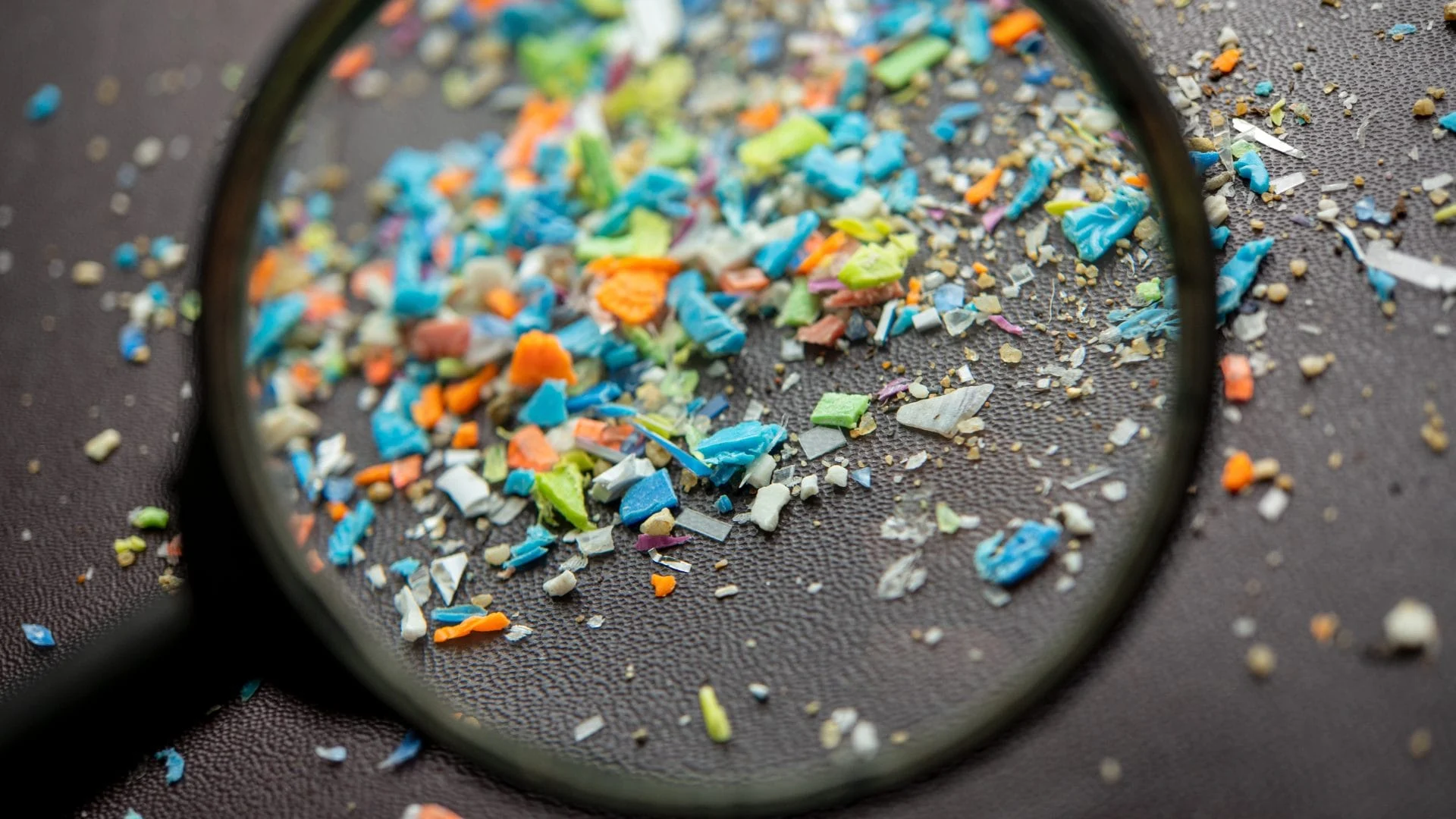A Future Free of Microplastic Pollution
A Future Free of Microplastic Pollution Might Be Within Reach Thanks to Innovative Supramolecular Plastics
The Growing Threat of Microplastic Pollution
Microplastics, tiny plastic particles less than 5 millimeters in diameter, have emerged as a pervasive and persistent pollutant, posing a significant threat to our environment and human health. These minuscule particles originate from various sources, including:
- The Breakdown of Larger Plastic Items: Sunlight, wind, and wave action fragment plastic bottles, bags, and other waste into smaller and smaller pieces, ultimately forming microplastics.
- Microbeads in Personal Care Products: Tiny plastic beads used in exfoliants and other products readily wash down drains and contribute significantly to microplastic pollution.
- Synthetic Textiles: Washing synthetic fabrics like polyester and nylon releases microplastic fibers that escape filtration systems and end up in our waterways.
- Tire Wear and Tear: The abrasion of tires on roads releases microplastics into the environment.
These microplastics infiltrate every corner of our planet, from the deepest ocean trenches to the air we breathe. They have been found in drinking water, seafood, and even table salt. The consequences of this widespread contamination are far-reaching:
- Harm to Marine Life: Microplastics are ingested by marine organisms, leading to starvation, entanglement, and internal injuries.
- Disruption of Food Chains: As microplastics accumulate in the food chain, they can impact entire ecosystems.
- Potential Human Health Risks: While research is ongoing, there are concerns that microplastics could carry harmful chemicals and pathogens, potentially affecting human health through ingestion or inhalation.
Traditional Plastics: The Root of the Problem
The very nature of traditional plastics contributes to the microplastic crisis. Most conventional plastics are designed to be durable and long-lasting. While these properties are valuable in many applications, they also mean that these plastics resist degradation in the environment. Instead of breaking down completely, they fragment into smaller and smaller pieces, ultimately becoming microplastics.
Recycling efforts, while crucial, have limitations in addressing the microplastic issue. Many types of plastics are challenging to recycle efficiently, and the recycling process itself can sometimes generate microplastics.
Supramolecular Plastics: A Promising Solution
In the quest for sustainable alternatives, scientists have turned to supramolecular chemistry, a field that explores the interactions between molecules. This has led to the development of a groundbreaking solution: supramolecular plastics.
Unlike traditional plastics held together by strong covalent bonds, supramolecular plastics rely on weaker, reversible noncovalent interactions between molecular building blocks. These interactions, while weaker individually, collectively provide sufficient strength and stability for many applications.
The Advantages of Supramolecular Plastics:
- Controlled Degradation: The reversible nature of the bonds in supramolecular plastics allows them to be designed to break down under specific conditions, such as exposure to certain enzymes or changes in pH. This controlled degradation prevents the formation of persistent microplastics.
- Potential for Closed-Loop Recycling: Supramolecular plastics can often be depolymerized back into their original building blocks using simple stimuli like heat or specific solvents. This allows for efficient closed-loop recycling, minimizing waste and reducing reliance on virgin resources.
- Tunable Properties: The properties of supramolecular plastics can be finely tuned by adjusting the molecular building blocks and the nature of their interactions. This allows for the creation of materials with specific functionalities and tailored degradation profiles.
- Biodegradability: Researchers are exploring the development of supramolecular plastics from renewable and biodegradable starting materials, further enhancing their environmental sustainability.
Current Research and Future Directions
The field of supramolecular plastics is rapidly evolving, with ongoing research focusing on:
- Improving Mechanical Properties: Scientists are working to enhance the strength and durability of supramolecular plastics to match those of conventional plastics in a wider range of applications.
- Scaling Up Production: Developing cost-effective and scalable production methods is crucial for the widespread adoption of supramolecular plastics.
- Exploring New Applications: The unique properties of supramolecular plastics make them promising candidates for various applications, including packaging, electronics, and biomedical devices.
A Future Free of Microplastic Pollution
While challenges remain in bringing supramolecular plastics to the mainstream, their potential to address the microplastic crisis is immense. These innovative materials offer a promising pathway toward a future where plastic pollution is a relic of the past. By supporting research, fostering collaboration between scientists and industry, and promoting responsible consumption patterns, we can pave the way for a cleaner, healthier planet for generations to come.

